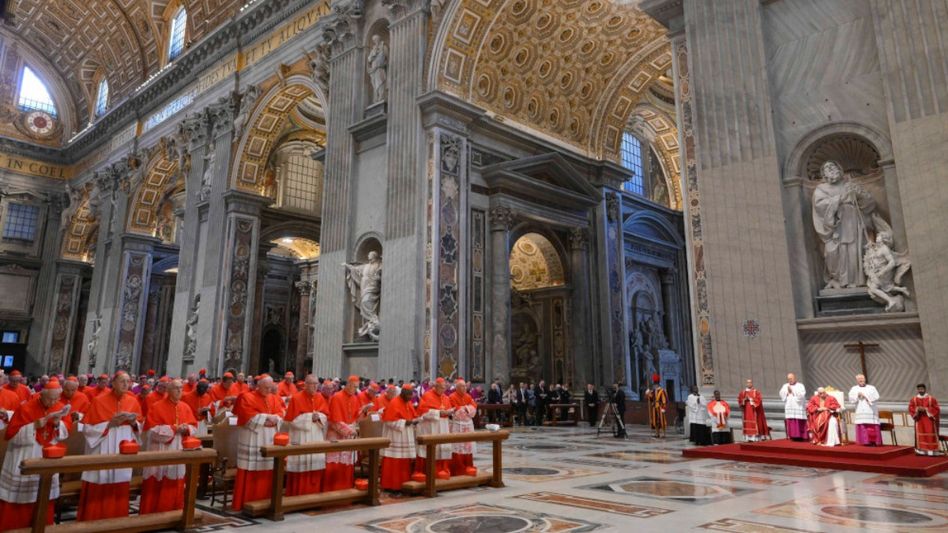Smoke and Secrecy: How the Catholic church signals the election of a new pope
For nearly eight centuries, the Catholic Church has used an ancient and symbolic process—the conclave—to elect a new pope.

For nearly eight centuries, the Catholic Church has used an ancient and symbolic process—the conclave—to elect a new pope.
Derived from the Latin cum clave, meaning “with a key,” the term reflects the physical and spiritual seclusion of cardinal-electors, locked away until a decision is made. At the heart of this tradition is a powerful, silent signal sent to the world: smoke.
What the Smoke Means
The Vatican sends up smoke through a chimney atop the Sistine Chapel to communicate the outcome of each round of voting. Black smoke signals that no pope has been elected. White smoke means a new pope has been chosen. This centuries-old ritual remains one of the few enduring forms of mass communication through fire.
The Ancient Art of Smoke Signalling
Smoke signals have been used globally for millennia, from Indigenous communities in the Americas, Asia, and Australia to ancient militaries and spiritual leaders. By altering the location, material, or timing of smoke, humans have long conveyed complex messages over vast distances.
Also Read: Pope Francis dies at 88, Vatican confirms
Catholic Use of Smoke in Worship
In Catholicism, smoke also plays a central role in ritual through the burning of incense. The fragrant plumes symbolise prayer rising to God and are used to bless sacred objects, people, and offerings during Mass. The tradition is rooted in both Jewish temple practices and Roman imperial ceremonies.
Engineering the Signal: From Ballots to Chemicals
Ballots and notes from the voting process are burned in a special stove within the Sistine Chapel. This tradition dates back to at least 1417, though chimneys were only introduced in the 18th century. Until 1914, voters relied on the presence or absence of smoke; Pope Pius X later mandated that all notes also be burned, ensuring more visible smoke.
The two distinct colours became standard by the mid-20th century, with chemical additives introduced in 1958 to prevent mishaps like miscoloured plumes. According to the Vatican, today’s black smoke is produced by burning potassium perchlorate, sulfur, and anthracene. White smoke is generated using potassium chlorate, lactose (milk sugar), and pine resin.
These dramatic visual cues allow the cardinals to communicate their decision—especially the long-awaited “Habemus Papam” (We have a pope)—directly and instantly to the world, preserving the majesty and mystery of a millennia-old tradition.
(With inputs from PTI)
Copyright©2025 Living Media India Limited. For reprint rights: Syndications Today









